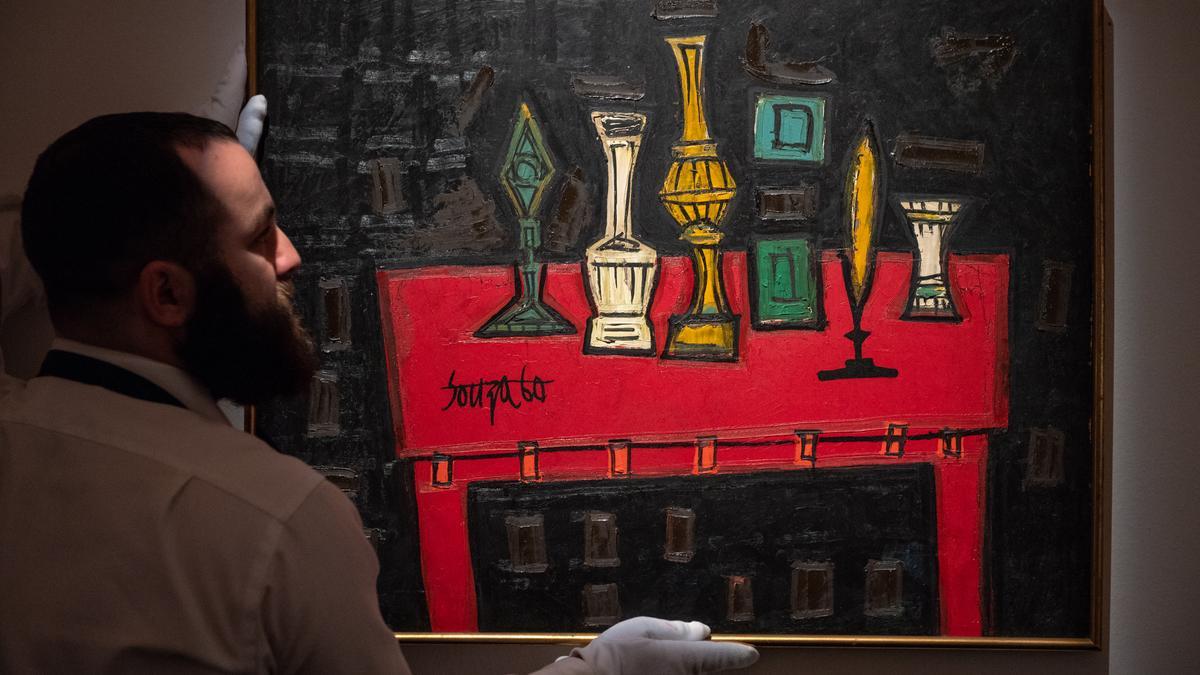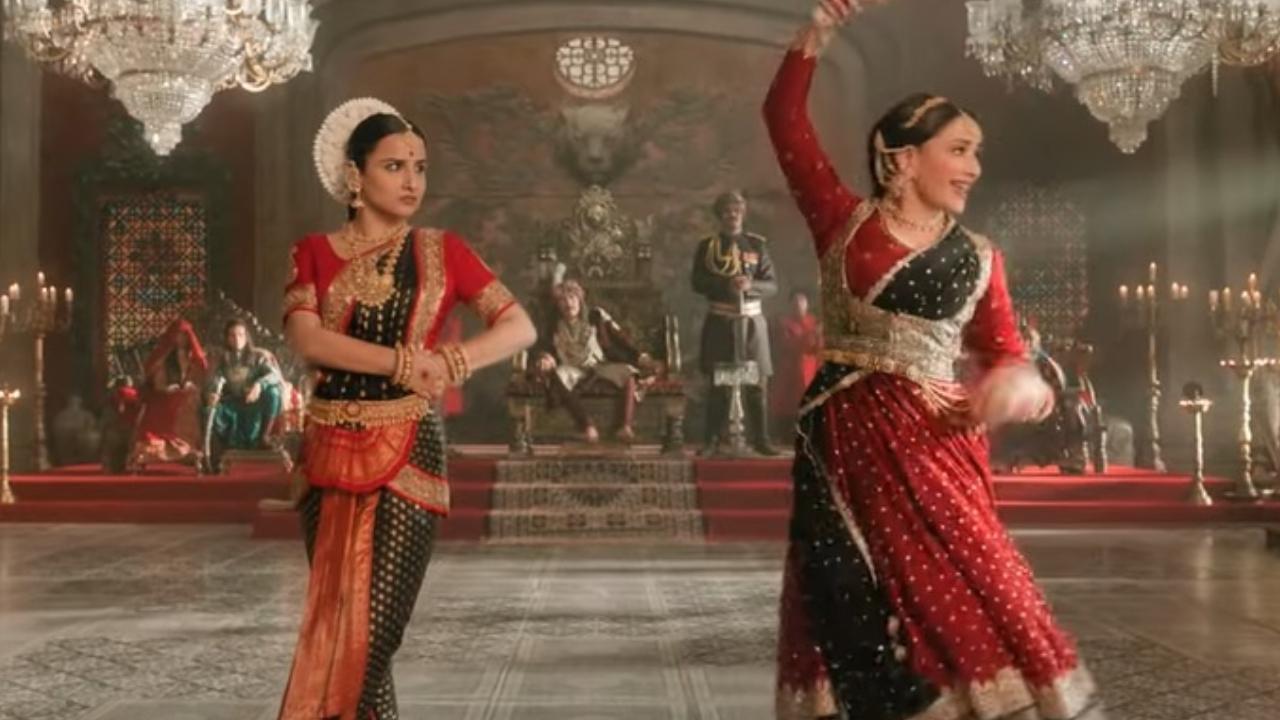
On October 25, 2024, the Bombay High Court delivered a decisive ruling to the Customs department, mandating the swift release of artworks by esteemed artists Francis Newton Souza and Akbar Padamsee, which were previously confiscated over claims of obscenity. The directive came with a stringent deadline of two weeks for compliance, marking a pivotal moment in the ongoing discourse regarding the intersection of art, law, and censorship in India.
The confiscation of these artworks by the Assistant Commissioner of the Mumbai Customs Commissionerate had sparked considerable debate and concern within the arts community. Originally seized in 2023, the artworks were classified as obscene, which led to a July 1, 2024 order for their confiscation. However, a Division Bench led by Justices M.S. Sonak and Jitendra Jain nullified this order, describing it as marred by both “perversity and unreasonableness.” The court’s opinion underscored a fundamental separation between explicit sexual content and its legal definition as obscene. According to the judgment, “The Assistant Commissioner Customs has failed to appreciate that sex and obscenity are not always synonymous. Obscene material is that which deals with sex in a manner appealing to prurient interest. Such an order, in our opinion, is unsustainable and must go.”
The judicial review emerged from a petition filed by B.K. Polimex India Pvt Ltd., owned by Mumbai-based entrepreneur and art aficionado Mustafa Karachiwala. The petition sought the immediate release of the seized artworks, and the court duly accorded this relief. The artworks, celebrated on a global scale, were ordered to be “released immediately and not later than two weeks” to the petitioner.
The High Court’s judgment went beyond the specifics of the case to critique a broader issue of undue censorship. Highlighting the error in solely equating nudity and sexual depiction with obscenity, the Bench asserted, “Every nude painting or every painting depicting some sexual intercourse poses cannot be styled as obscene.
. While not everyone is obliged to approve of, like or enjoy such artworks, the option of banning, censoring, prohibiting the import or even destroying such artworks feted by world expertise based entirely on personal opinions, likes and dislikes of a public official is simply unacceptable.”
The court firmly reminded public officials of their duty to operate “within the four corners of the law” rather than resorting to arbitrary judgments influenced by personal biases or ideological leanings. Referencing a landmark Supreme Court ruling, the Bench saw fit to draw parallels: “In a judgment passed by the Supreme Court sixty years ago, it was declared that in India, the angels and saints of Michelangelo do not need to be made to wear breeches before they can be viewed. Still, in 2024, the Assistant Commissioner of Customs prohibited the import and ordered confiscation and possibly destruction of seven drawings by world-renowned artists, viz. Mr. F.N. Souza and Mr. Akbar Padamsee on the ground that such artworks, in his opinion, were obscene.”
The Bombay High Court criticized the Customs department for failing to solicit expert opinions or consider the reports provided by the petitioner that contested the obscenity claims. The Assistant Commissioner’s decision was described as an ‘Ipse Dixit approach,’ indicating conclusions made without evidence-based reasoning.
Significantly, this judicial intervention followed an earlier restraining order issued on October 21, 2024. The order had temporarily prevented the destruction of the artworks, with the High Court reserving its final judgment until now. This case serves as a critical examination of the term “obscene material” and questions the legal justifications used by customs officials to confiscate artistic expressions.
Counsel for the petitioner, Advocates Shreyas Shrivastava and Shraddha Swarup argued for the recognition of artistic freedoms protected by the Indian Constitution. They contended that the Customs department’s actions were not only arbitrary and illegal but also a threat to constitutionally enshrined freedoms of expression.
The artworks, acquired by Karachiwala’s company at separate London auctions, included a series of four sensual drawings by Souza, one notably titled ‘Lovers,’ and three pieces by Padamsee featuring a drawing titled ‘Nude’ and two photographs. The seizure of these pieces had initially occurred when the artworks arrived at Mumbai’s borders.
The Bombay High Court’s direction symbolizes a reaffirmation of artistic freedom juxtaposed against censorship tendencies, establishing an important precedent for future cases where art and obscenity intersect within the context of the law.










